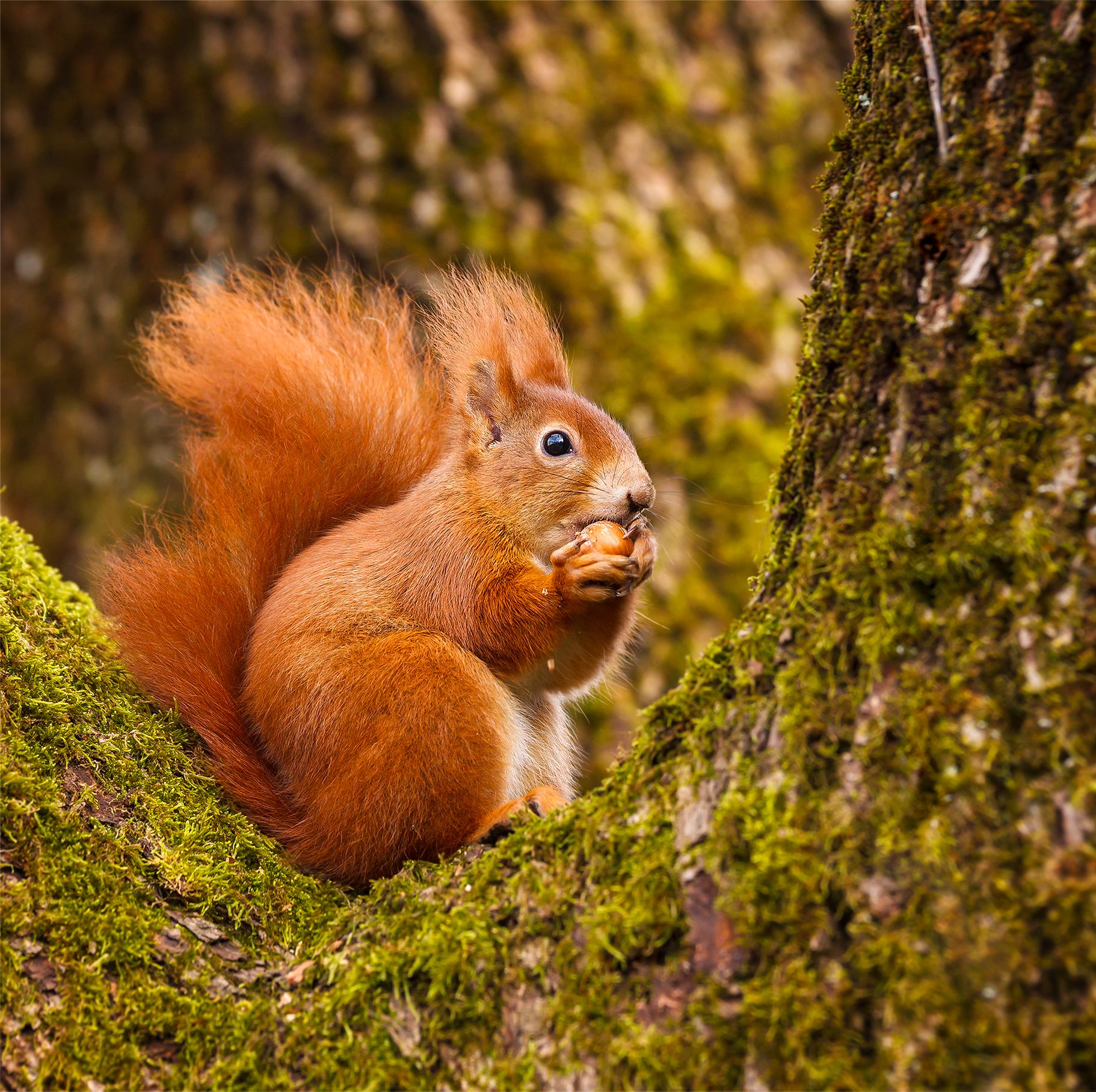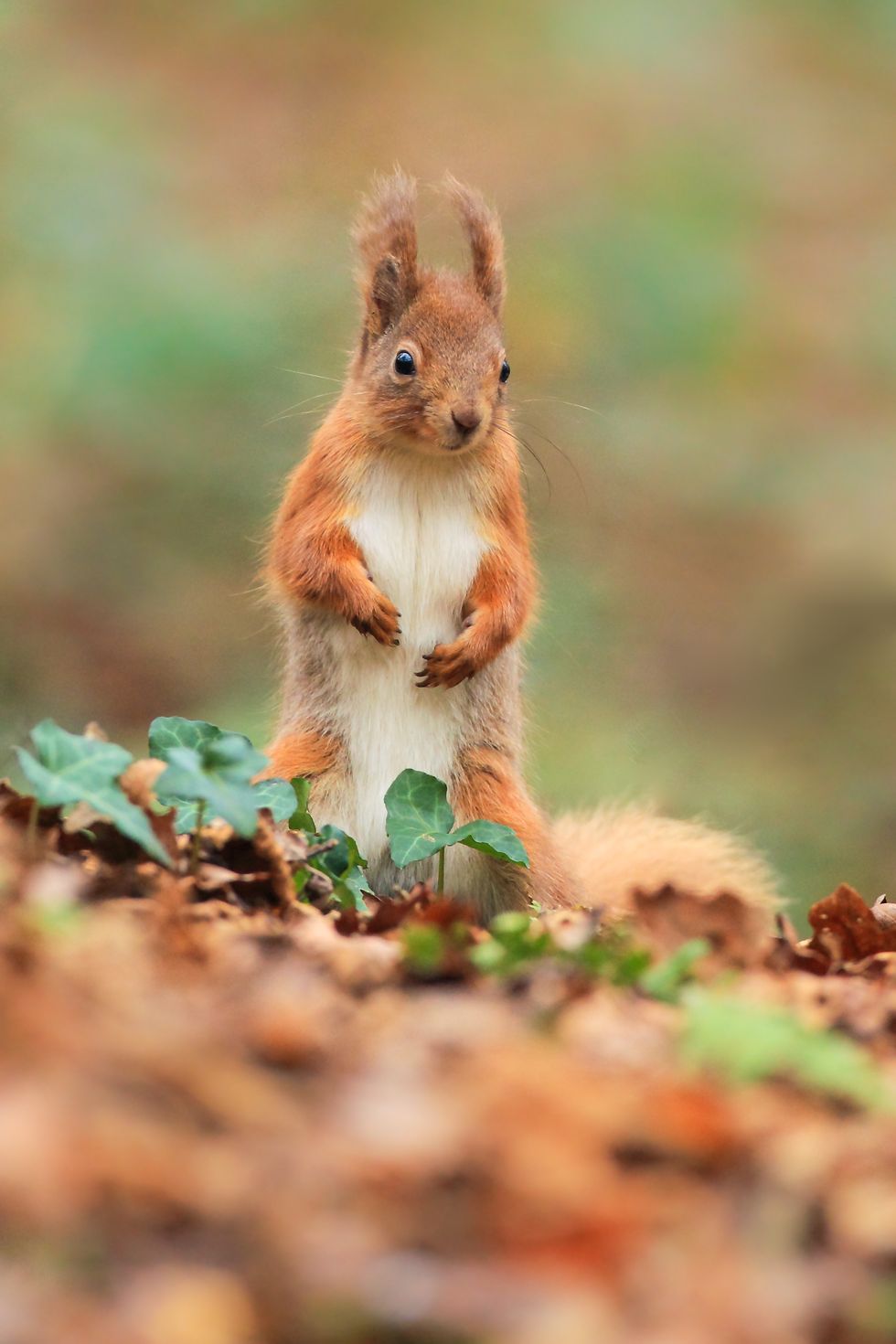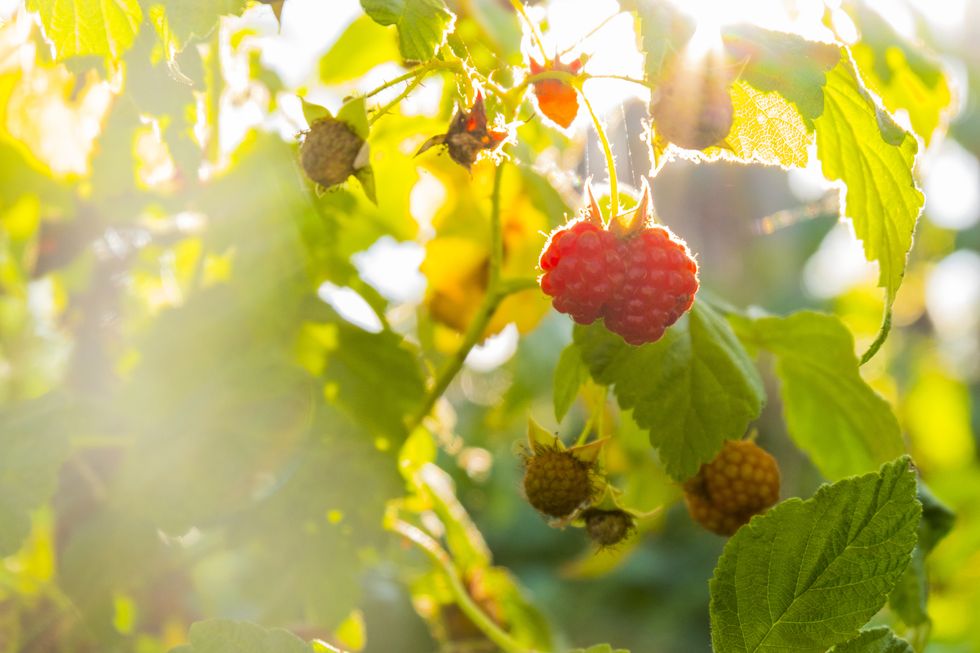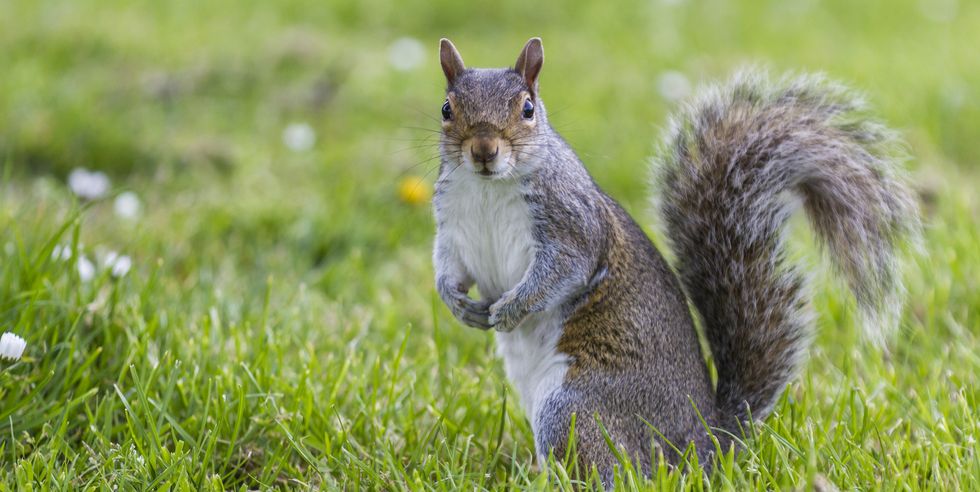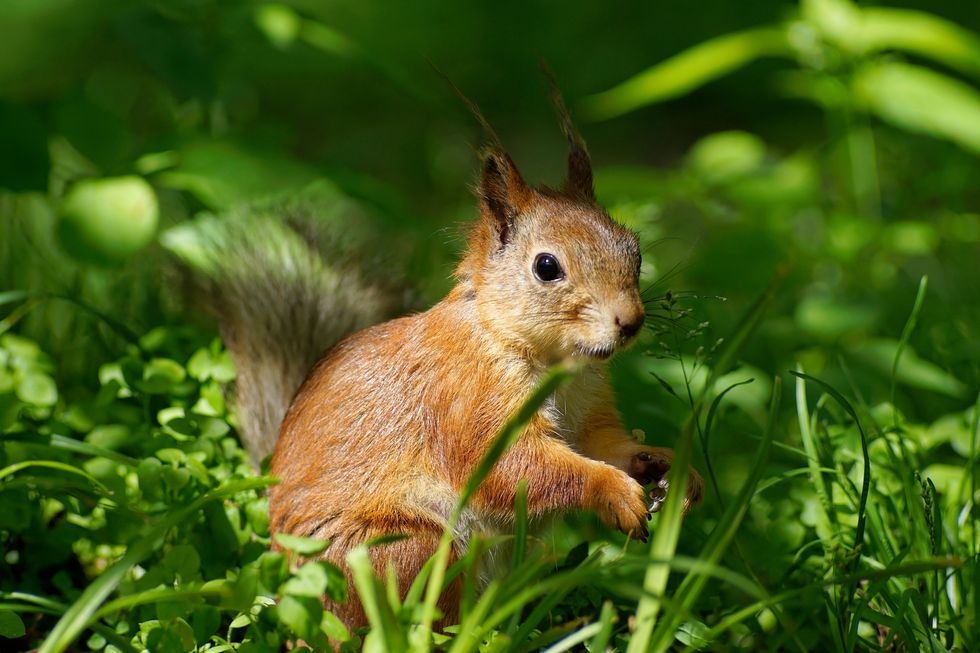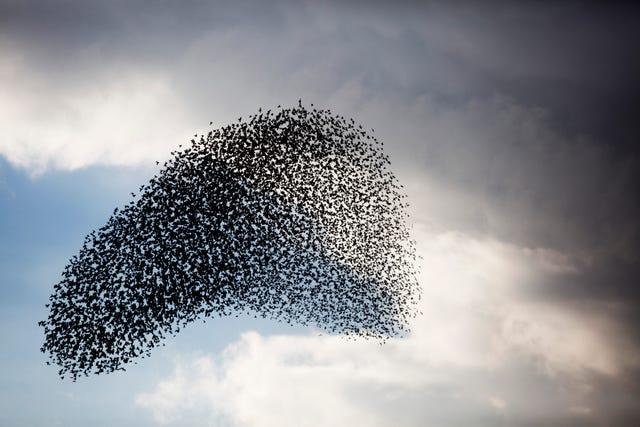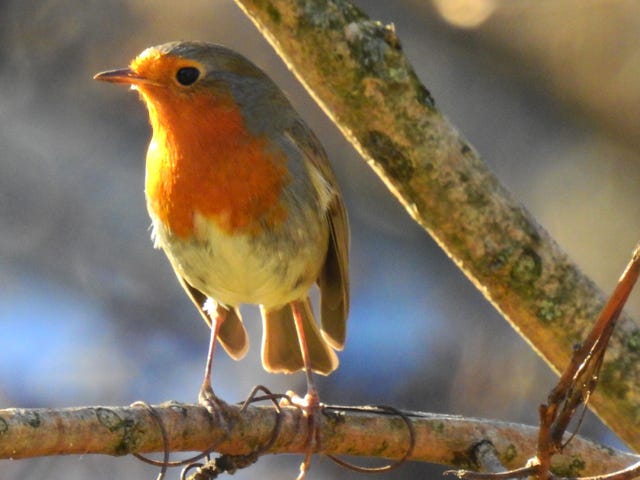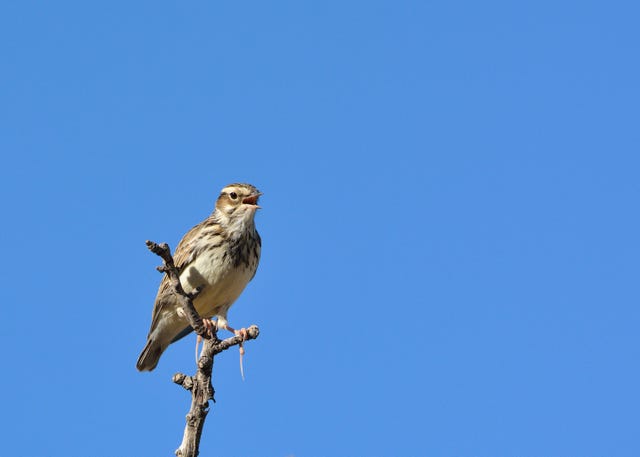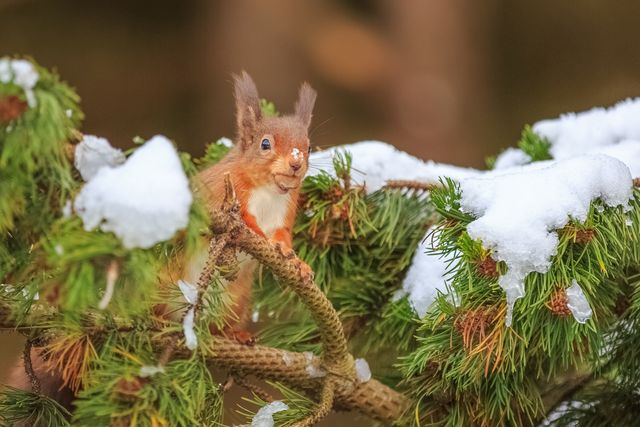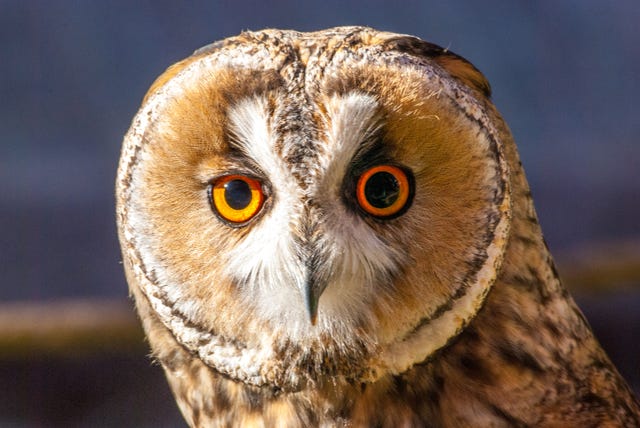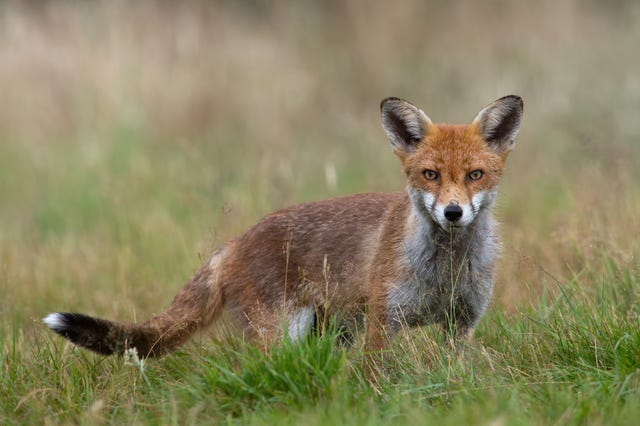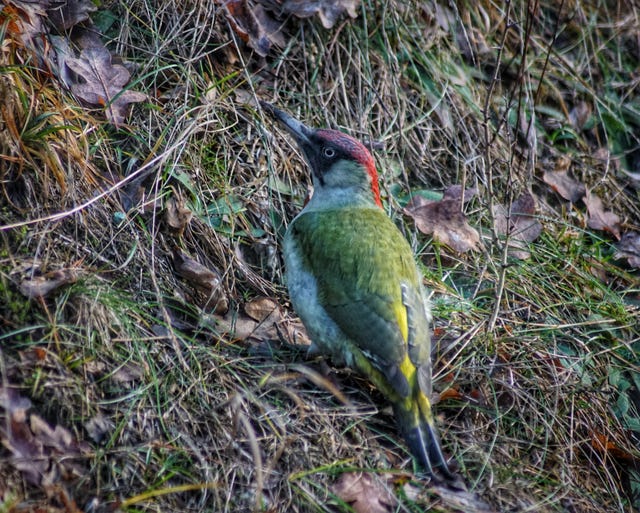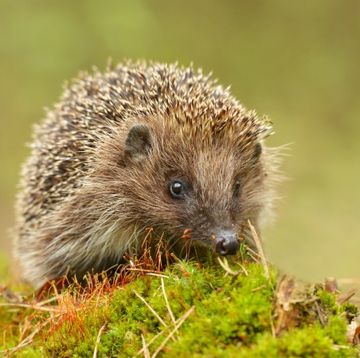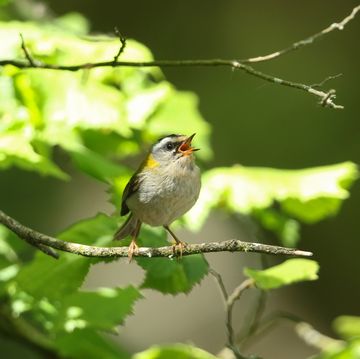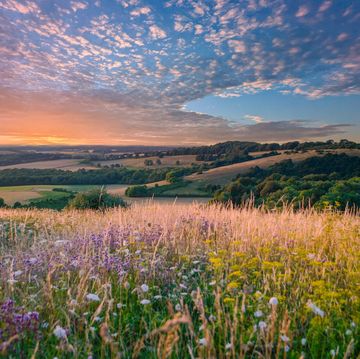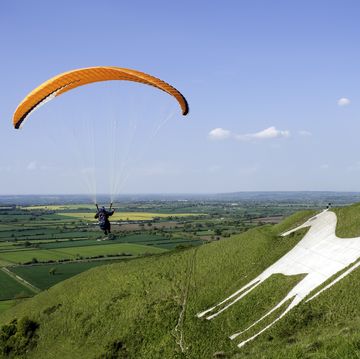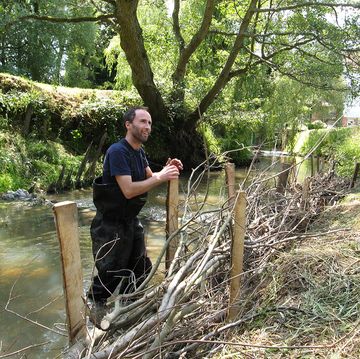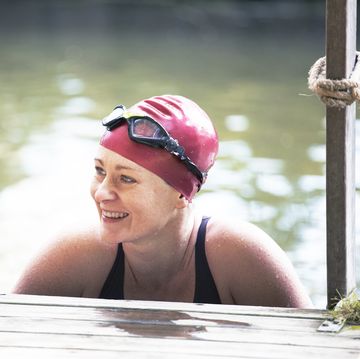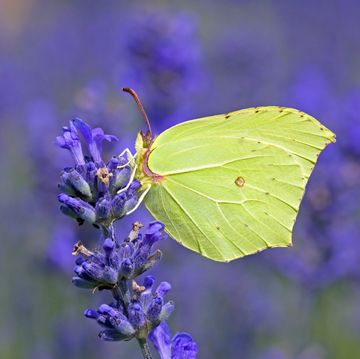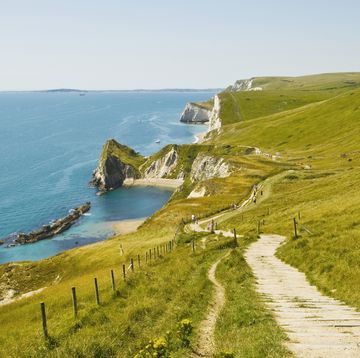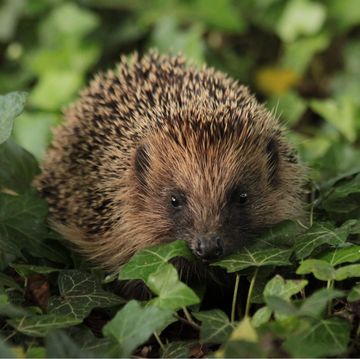Red squirrels, with their distinctive russet fur and tufted ears, are one of the UK's best-loved species and a rare but captivating sight to behold.
They were recently named by The Mammal Society as being on the Red List of Britain’s endangered mammals, and experts have warned that without public support, the mammals could face imminent extinction.
It's estimated that the population is less than 40,000 in England, all of which are only found in a small number of areas.
The population faces increasing pressure from habitat loss, competition for food with non-native grey squirrels, and the Squirrelpox virus, which is fatal to red squirrels but can be carried by greys without causing them any harm.
The coronavirus pandemic has also impacted animal charities, with funding at a low point. Red Squirrel Awareness Week 2020 - which runs from 21st to 27th September - aims to highlight the animals' plight and celebrate the wonderful work of volunteer groups, organisations and projects striving to save them.
Here are ways in which you can help the red squirrels prosper and thrive:
What to feed red squirrels
Should a red squirrel visit your garden, you can leave some choice food items to supplement their diet.
UK garden wildlife supply company, Ark Wildlife, are the only supplier of red squirrel food in the UK and provide it to charities to support them in protecting the species.
The most suitable foods for red squirrels are:
- Hazelnuts
- Sunflower seeds
- Beech (cob) nuts
- Pine nuts
- Sweet chestnuts
- Walnuts
- Apples
- Carrots
- Bone meal to help provide extra calcium
Plant shrubs and trees
If you have outdoor space, plant shrubs and trees to create natural food sources, like raspberries, wild cherries and brambles for red squirrels.
Rachael Cripps, Red Squirrel Project Officer at The Wildlife Trust for Lancashire, Manchester and North Merseyside, shares her tips: "If people have them visiting their garden, ensure feed is only supplementary. Provide good variety and clean feeders regularly. Providing fresh water during hot weather is especially important."
If you have a feeding station, it's recommended to place them relatively high up, such as a few feet into a tree or on a high wall, to ensure that squirrels are less at risk from cats. Also make sure that a red squirrel doesn't have to cross open ground to get to them.
Be aware of grey squirrels
Red squirrels cannot co-exist with grey squirrels, as red squirrels could be exposed to Squirrelpox - so before feeding a red squirrel, make sure there are no grey ones in the vicinity. Ark Wildlife also advises against attracting red squirrels to your garden if nearby access is impeded, such as having to cross a busy road, as this also puts them in danger.
Find a red squirrel near you
As more of us are enjoying staycations in the UK, there's also been a surge of interest in spotting the increasingly rare native species on home shores.
Many of the sites across the North are within easy driving distance of Manchester, Liverpool and Newcastle, while those living in London and the South need to travel a little further with the closest being the Isle of Wight or Dorset.
Support The National Trust by visiting a UK hotspot for red squirrels. The five remaining locations are: Northumberland, Cumbria, Formby, Isle of Wight and Brownsea Island.
On increasing your chances of spotting a red squirrel in the wild, Rachael Cripps advises: "When out in the woods, take the time to sit and listen. When you are quiet you will often hear a squirrel before you see it – running up a tree trunk, munching on pine cone, the thud of eaten pine cone cores falling from the canopy or chattering loudly at your presence.
"Report sightings of reds and greys to your local Red Squirrel Group or become a volunteer. There are also plenty of opportunities from surveying to fundraising that will help.”
Adopt a red squirrel
A number of Wildlife Trusts, including Dorset, South and West Wales, Scotland and are offering red squirrel adoption packs, which make wonderful Christmas, birthday or anniversary gifts.
Trusts offer slightly different tailored packs but from around £20, you can adopt a red squirrel and receive a special pack including certificate, fact sheet and soft toy.
Find out more here.
Like this article? Sign up to our newsletter to get more articles like this delivered straight to your inbox.
